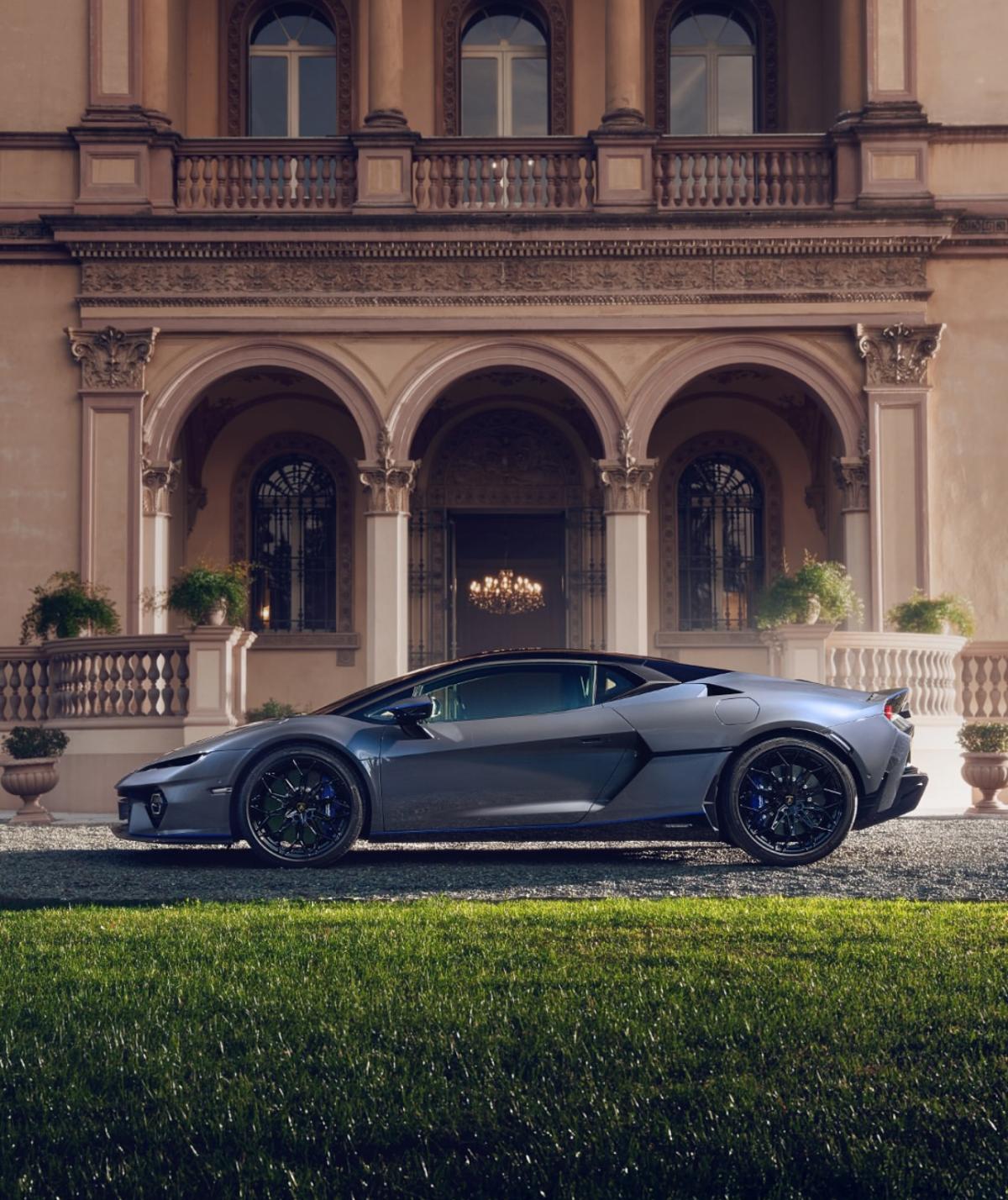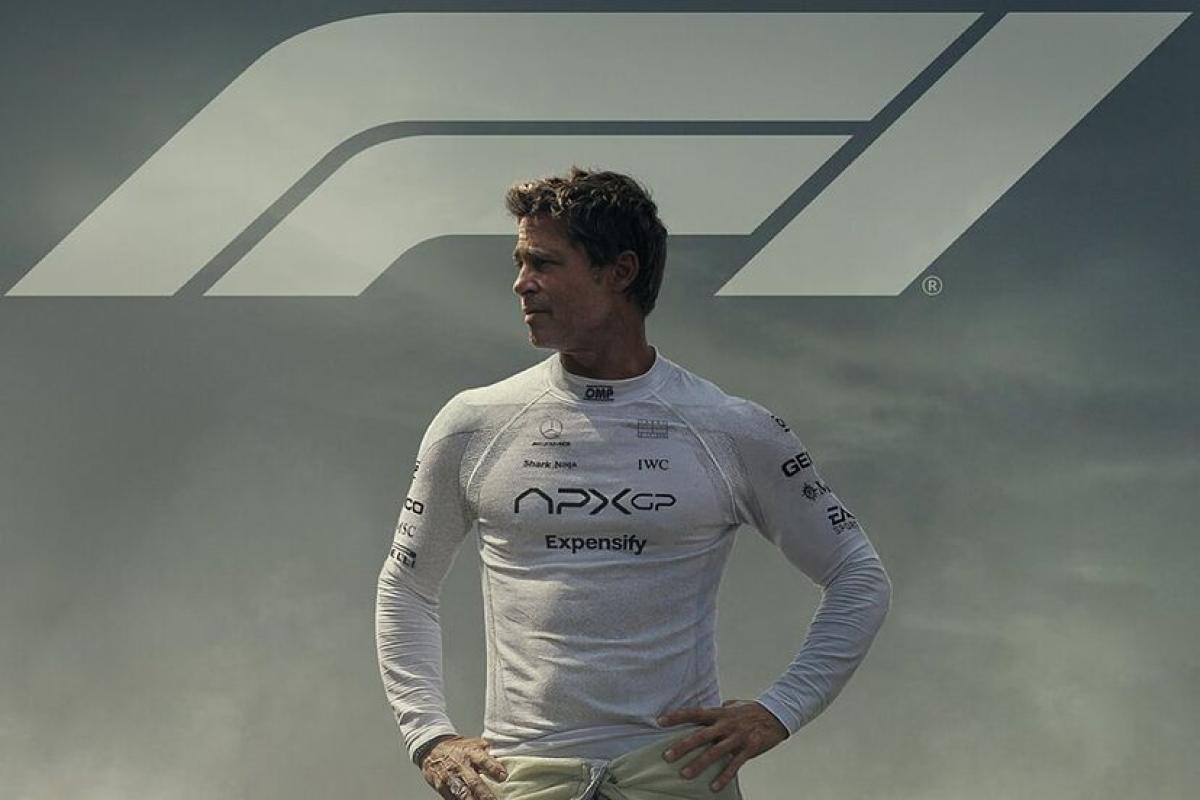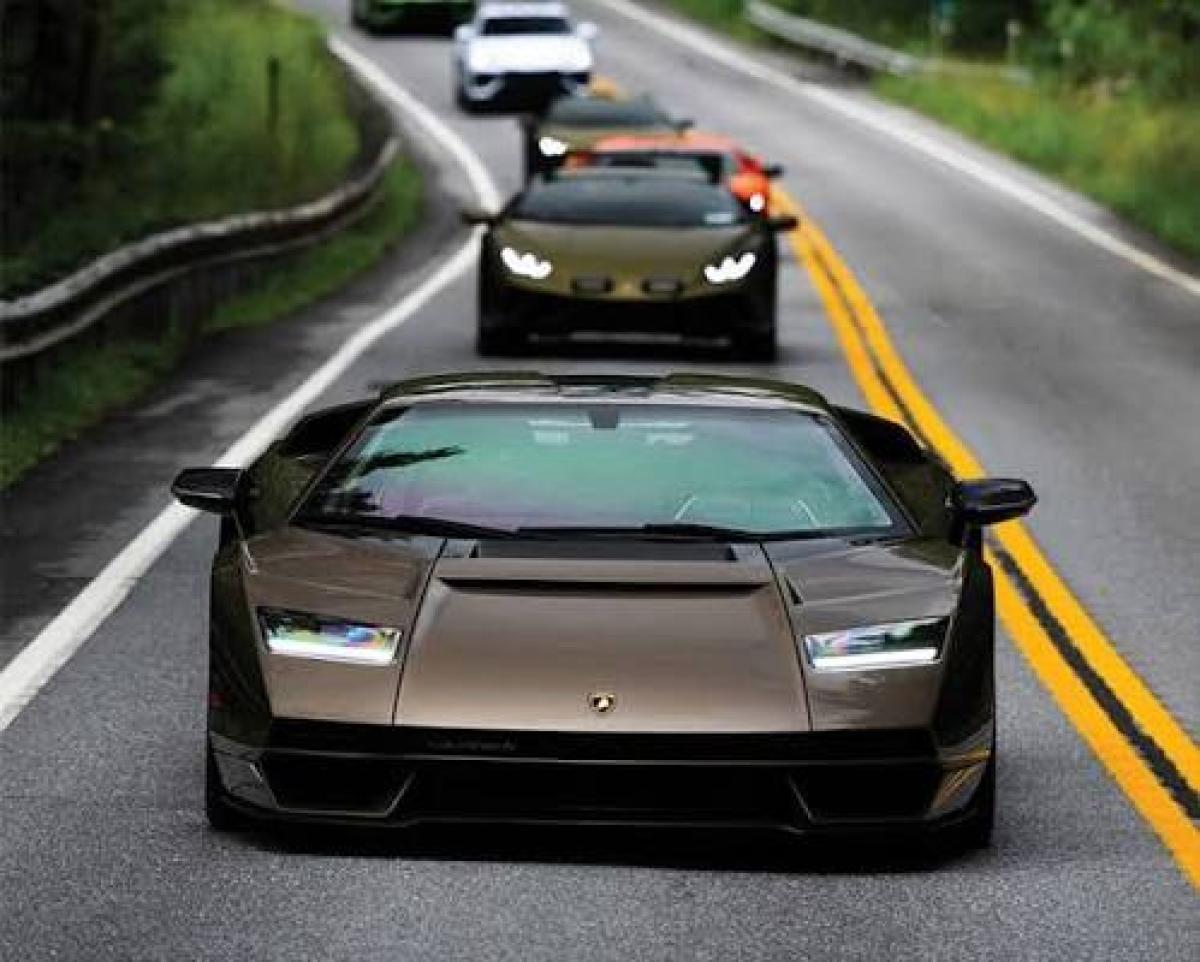





When Brad Pitt takes the wheel in F1: The Movie, the audience doesn’t merely witness action sequences—they feel the pulse of speed, the rhythm of the race, and the intellectual tension that comes with every split second. The roar of the engines, the blurred lines of asphalt, the pilot’s intense focus—this is a world where velocity is more than a physical phenomenon - it is ritual, a way of thinking, a dialogue between man and machine, between instinct and intellect, between matter and spirit.
Acceleration is more than a physical experience—it is a sensory symphony. The heart quickens, the body aligns with the frequency of the engine, senses sharpen until the outside world contracts to a single point of absolute focus. G-forces, vibrations, the subtle pressure on the pedal—all merge into a dance between control and chaos. For true devotees of speed, it’s not just a thrill. It’s an art form: the art of dancing on the edge of the possible without ever crossing it.
Within the cockpit, where time itself seems to condense, the driver confronts both instinct and intellect. Speed alone is not enough—it demands discipline, strategy, and total concentration. Every corner, every shift, every burst of acceleration and gear change is a conversation between human and machine. The track is a classroom, the car – a teacher. Here, skill, patience, and clarity of thought are measured in milliseconds.
The technology behind F1 cars and supercars is the ultimate testament to human ingenuity.
Here, physics becomes poetry: airflows are sculpted like symphonies of mathematics, and every surface — from the front wing to the diffuser — bends turbulence to its will to carve out milliseconds of advantage.
Carbon fiber, born from the alchemy of heat and resin, provides superhuman strength at minimal weight. Titanium bolts, aluminum monocoques, and composite materials shave grams that translate into miles of speed.
F1 is the laboratory of the future. From it emerge active aerodynamics, energy-recovery systems, hybrid turbo engines, carbon-ceramic brakes, and telemetry that dissects every heartbeat of a car in motion.
In the world of supercars, these breakthroughs manifest in machines like the Ferrari SF90 Stradale, McLaren P1, Lamborghini Revuelto, and Porsche 911 GT3 RS—vehicles that are at once works of art and engineering philosophy.
Ferrari is the soul of Italian passion—founded by Enzo Ferrari, carrying within it the romance of Maranello. Every V12 sings like an aria from an Italian opera, every model - a symbol of honor, tradition, and racing spirit. Ferrari enthusiasts are romantics of speed, devoted to legends, history, and the Cavallino Rampante—an emblem that is far more than a logo - it is an identity.
McLaren, born on the Formula 1 grid, epitomizes scientific precision. Each car is a laboratory experiment, executed with mathematical elegance—from the carbon monocoque to the active aerodynamic panels. McLaren devotees are rational dreamers, engineers and visionaries who see intellect as a form of passion.
Mercedes AMG Petronas is the home of dominating technology and world-class drivers like Lewis Hamilton, blending cutting-edge hybrid systems with relentless innovation on the track.
Red Bull Racing is renowned for avant-garde aerodynamics and bold strategies, embodying creativity and daring risk in Formula 1.
Aston Martin Cognizant F1 Team, though newer, is a rising force, fusing British luxury with contemporary F1 engineering excellence.
Lamborghini is a rebellion incarnate. Founded by Ferruccio Lamborghini to surpass Ferrari, the brand is a theater of power—sharp lines, extreme forms, and engines that roar like volcanoes. Lamborghini is for the bold, those who seek impact over approval.
Porsche, particularly the GT3, is the German definition of balance. Positioned between everyday usability and track performance, tradition and innovation, it is a car that doesn’t shout—it persuades. For Porsche enthusiasts, detail outweighs flash, and sensation surpasses sheer speed.
The true alchemy of speed lives on the track — where man and machine merge. Circuits like Monza, Monaco Grand Prix, Imola, Silverstone, Spa-Francorchamps, Suzuka, and Estoril are more than asphalt and corners — they are sanctuaries of motion, temples of human precision.
Monza, the legendary Temple of Speed, is Ferrari’s holy ground, echoing with the passion of the Tifosi. Imola carries the spirit of Ayrton Senna — tragedy transformed into timeless reverence. Estoril is poetry in asphalt and wind — the place where Senna claimed his first victory, where the Atlantic whispers against every turn. Spa, ever-mystical, shifts moods with the weather, reminding every driver that nature still rules. Suzuka, the Japanese labyrinth, is a meditation in engineering and discipline.
These tracks are more than geography — they are the sacred cartography of passion itself.
Speed doesn’t end when the engine falls silent. For many, it becomes a lifestyle — a philosophy that fuses aesthetics, engineering, and a craving for freedom. Enthusiasts gather in clubs where cars are the catalyst, but the real connection lies in shared emotion, story, and craft.
Ferrari Club Italia, Porsche Owners Group, McLaren Owners Club, and, of course, the Lamborghini Club — each is a universe of its own.
At Lamborghini gatherings, bright yellow, orange, and green supercars line up like kinetic sculptures. Their owners — entrepreneurs, artists, collectors — trade tales of courage, design, and individuality. It’s a theatre of sound and color, a celebration of audacity that mirrors the brand’s own identity.
Ferrari clubs, by contrast, are steeped in ritual and respect — a reverence for tradition, emotion, and Italian heritage. McLaren’s community speaks the language of innovation, an atelier of rational aesthetes. Porsche owners value balance — a culture of understated mastery, practicality, and pure driving joy.
Each reflects its brand’s philosophy, and the people who choose it.
Many enthusiasts travel to events like the Monaco GP, Le Mans, or Goodwood Festival of Speed, while others host private track days at legendary circuits — Imola, Spa-Francorchamps, Estoril, Red Bull Ring. For them, it’s more than a hobby; it’s a modern ritual — a way to shed the noise of everyday life and rediscover focus, power, and presence.
To be a lover of speed is to live the philosophy of motion — to understand the physics, the design, the art of perfection. It’s a culture of detail, of respect for the minds and hands that chase milliseconds, for those who risk everything for one perfect lap.
In the end, what is the purpose of Formula 1 and the supercar?
For some, it’s prestige. For others, an intellectual pursuit — engineering turned into poetry. But the truth runs deeper: speed is a mirror of the human spirit.
Formula 1 proves that perfection is possible — if only for fractions of a second. Supercars are its messengers — tangible dreams, built to be touched, driven, and felt. They show that art and science can converge toward a single purpose: to make us braver, sharper, more aware of both our limits and our potential. Speed reminds us that life isn’t measured in miles or minutes, but in intensity. It isn’t an escape from reality — it is reality, distilled to its most exhilarating essence.
Photos: F1.com, F1themovie.com, Porsche.com, Lamborghini.com, Ferrari.com.